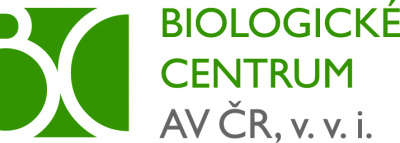Diagnosis of viruses, viroids and phytoplasmas by NGS method
Technology description
| The name of the technology: | Diagnosis of viruses, viroids and phytoplasmas by NGS method |
|---|---|
| Challenge: | Dozens of significant viruses are known today for individual agricultural crops, causing damage to their yield and quality. To date, there has been no test that can detect all pathogens in a single reaction (a separate test was required to detect each, preferably several). The current routine diagnosis of plant viruses, viroids and phytoplasmas is based on immunoenzymatic ELISA (viruses) and polymerase chain reaction (viruses, viroids and phytoplasmas). |
| Description: |
The next generation sequencing (NGS) method has the potential to detect all viruses in a plant sample during a single test (eg 22 viruses in a cherry). Diagnosis of viruses, viroids and phytoplasmas by the next generation sequencing method is an optimized method of sampling, isolation of nucleic acid from the sample and selection of the most suitable type of nucleic acid (dsRNA, total RNA) and quality control. The know-how further includes the preparation of a template for library preparation, library preparation, NGS sample sequencing and in particular the analysis of the obtained sequence data. Main benefits: • Detects all pathogens in the sample during one reaction plants. • It has the potential to detect all viruses, not only known but also new viruses - pathogens, especially in multiple infections. |
| Commercial opportunity: |
The use of NGS diagnostic methods has a perspective not only in plantbiology, but especially for plant material with high added value: • Quarantine - export and import of plants for further cultivation • Initial breeding materials and propagating material - mother trees, sources of grafts and eyelets, selection of plants for healing, control after recovery, plants placed in technical isolates. • Genetic research: - study of plant and animal genomes with the ultimate goal of generating agronomic improvements - improving crop quality and yield - increasing plant resistance to pathogens - limitations use of herbicides - improving the efficiency of plant breeding - increasing the natural ability to tolerate abiotic stresses such as drought or frost. |
| IP protection status: | not applicable |
| Development status: |
Phase 4Corresponds with TRL 7 and TRL 8 The transition from the prototype to the final and fully functional form. At this stage, the prototype is already fully tested, or the technology is certified and ready for mass deployment.
|
| Partnering strategy: | Collaboration |
| More information: | |
| Images: | No picture inserted |
| Categories: | Agriculture Plants and Plant Genetics |
| Owner of a technology: |
